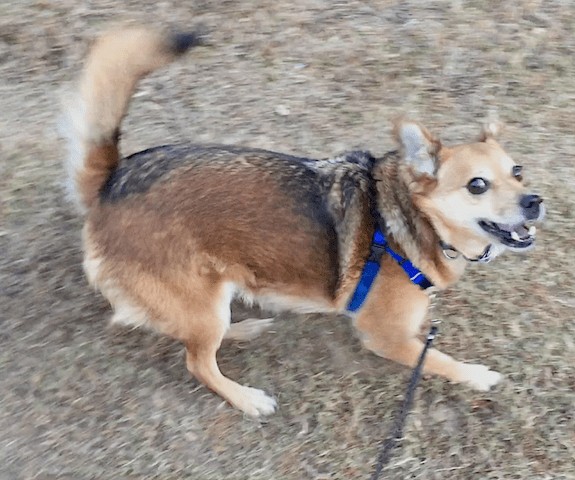Have you ever seen your dog enthusiastically kick up dirt after eliminating? This seemingly quirky behavior, common in many canines, often leaves owners wondering: Why Do Dogs Scratch The Floor after they pee or poop? The answer, as with many dog behaviors, isn’t entirely straightforward. Let’s explore some of the leading theories behind this intriguing canine habit.
Possible Reasons for Floor Scratching in Dogs
While definitive answers remain elusive, researchers have proposed several potential reasons why dogs exhibit this post-elimination scratching behavior:
Scent Marking and Territoriality
One prominent theory suggests that scratching serves as a form of scent marking. Dogs have scent glands in their paws, and the scratching action may help release and distribute these scents onto the ground, potentially leaving a territorial message for other dogs. This theory is further supported by observations that dogs often scratch in areas where other dogs have previously eliminated.
Visual Signaling
Scratching creates a visible disturbance in the ground, potentially serving as a visual marker alongside any scent deposited. This visual cue might reinforce the scent marking or communicate other information to passing canines.
Spreading Pheromones
While sweat glands are present in dog paws, other glands, like interdigital glands or sebaceous glands, might also play a role in scent dispersal during scratching. These glands could release pheromones that convey information about the dog’s identity, sex, or reproductive status. A recent study confirmed that dogs can recognize scents from other dogs’ paw glands.
Covering and Concealment
Though less widely accepted, some believe scratching might be a vestigial behavior related to covering or concealing waste. While domesticated dogs don’t typically bury their feces, their wild ancestors may have engaged in this practice to minimize detection by predators or competitors.
Leftover Energy or Excitement
Sometimes, dogs exhibit playful or energetic scratching behaviors even without eliminating. This suggests that scratching could be a way to release pent-up energy or express excitement, particularly after the act of elimination.
Gender Differences in Scratching Behavior
Studies indicate that male and female dogs both engage in floor scratching, but there are notable differences in frequency. Male dogs tend to scratch more frequently than females, potentially linked to stronger territorial instincts. Interestingly, spayed females are more likely to scratch than intact females not in heat.
Beyond Function: Emotional State
While understanding the function of scratching is important, considering the dog’s emotional state is also crucial. Some dogs scratch with clear exuberance and enjoyment, suggesting it’s a satisfying natural behavior. Others might scratch due to anxiety or stress. Observing your dog’s body language and demeanor can provide insights into their emotional state during this activity.
The Bottom Line
The reason why dogs scratch the floor after eliminating likely involves a complex interplay of instinctual and learned behaviors. While scent marking and communication appear to be primary drivers, individual dogs might scratch for a variety of reasons, influenced by factors like gender, environment, and emotional state. More research is needed to fully unravel the mysteries of this common canine quirk.
